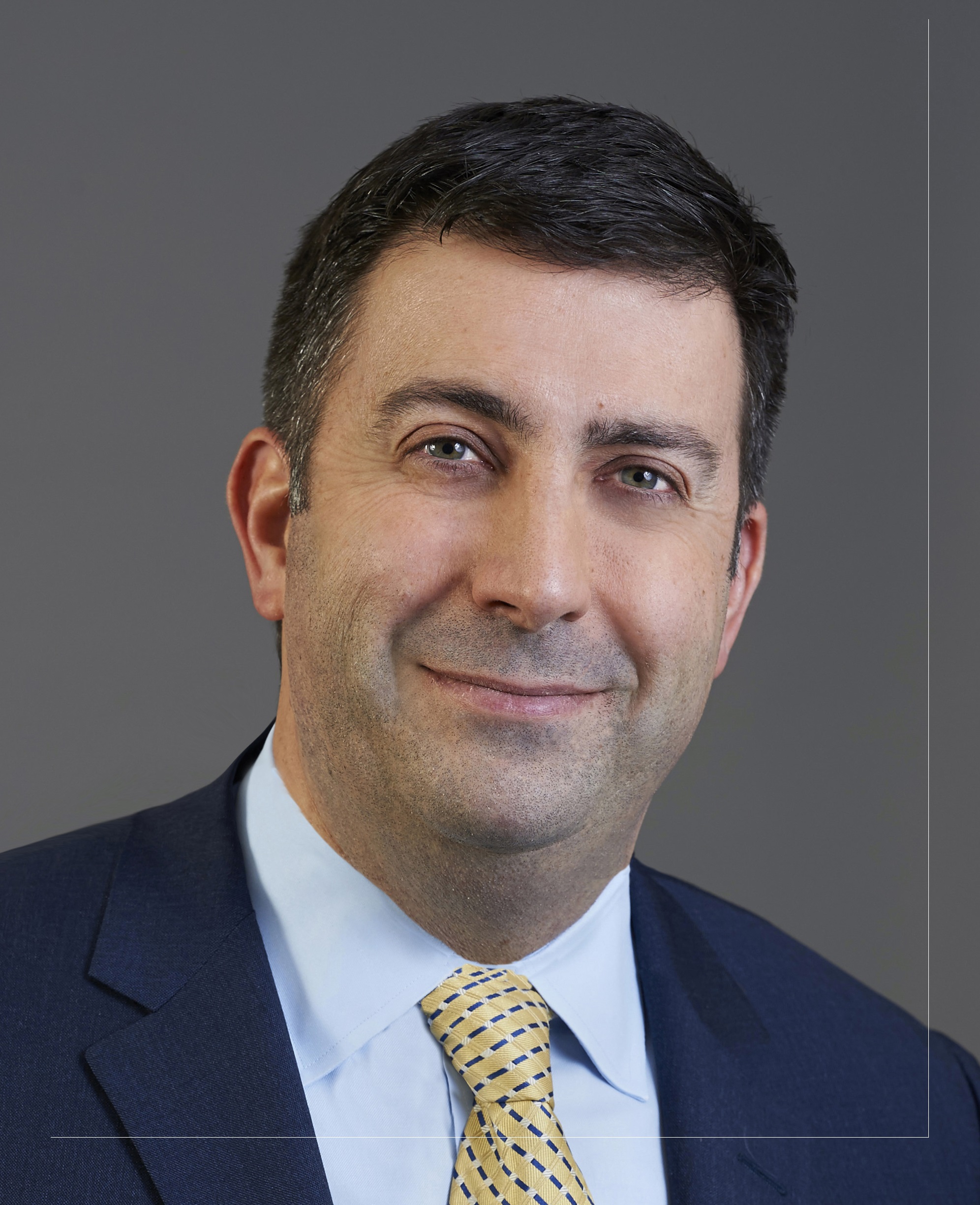Across the globe, governments and financial institutions continue to prepare for the shift targeted for the end of 2021, from the London Interbank Offered Rate, or LIBOR, to alternative risk-free rates (RFR). The deadline for retiring the LIBOR remains unchanged, according to various government and regulatory bodies, including the Bank of England and the Federal Reserve, despite significant operational delays financial institutions are facing due to COVID-19-related office closures and changes in enterprise planning assumptions.
As organizations have contemplated the impact on critical functions that are now supported by a distributed workforce, many did not consider the role of the Program Management Office (PMO) in the LIBOR-to-RFR transition until late in the process. However, the significant legal, tax, liquidity, accounting and infrastructure considerations involved in the migration to RFR require a PMO from the start, to serve as both a leader and a change champion to help avoid transitory pitfalls in executing the strategic vision during this time of uncertainty.
The Migration Journey
The LIBOR migration journey follows a set of key steps that require end-to-end program level orchestration:
- Discovery and inventory – An exercise to gain a complete understanding of the existing contract population, relevant document types, linking of amendments and applicable clauses.
- Classification – The process of categorizing unorganized documents across various systems into centralized and distinct document types so the embedded content can be analyzed.
- Extraction – Pulling key data attributes such as contract type, counterparty details, etc. and uploading them into contract management systems, which forms the basis for quality standards metrics reporting.
- Quality assurance – Performing null value checks and data validation to uncover any missing data or inconsistencies.
- Remediation and re-ingestion – Any exceptions discovered during QA review are investigated, resolved and put through the validation workflow again.
- Reconciliation and sustainment – The final step in the LIBOR documentation review process is to reconcile extracted data attributes against the firm’s records and store them in a secure repository for other downstream activities.
Strategic Planning
An effective PMO can help firms navigate the challenges that may arise from taking a different path to the LIBOR transition than originally planned, including setting the organizational change strategy, revalidating the transformation roadmap, providing a new standardized execution framework, and monitoring quality and timeline risks.
Key planning benefits of having a centralized PMO include the following:
- Anticipate risks – A decentralized data storage network may require pre-ingestion consolidation and processing before classification can begin. During the discovery and inventory phase, multiple data transmission types and large number of contracts can indicate material timeline risk. The PMO helps to embed the appropriate risk mitigating activities throughout the plan.
- Monitor risks – Meaningful execution metrics with the right communication cadence limit project surprises and disparate perspectives on project status/health. The PMO ensures that quality metrics are implemented with adequate granularity to monitor each document through each step in the remediation lifecycle, enabling gap and trend analysis as well as risk mitigation response.
- Mitigate risks –The PMO enables decision-making that is responsive and adaptive to changes by bringing together all major stakeholders for rapid escalation and resolution of critical issues.
Consistent Execution
Inevitably, readiness for adoption of RFR will vary within an organization. Silos in the system architecture and inconsistent data quality and completeness across the various lines of businesses (LOBs) emphasize the need for firm-wide alignment and a standardized approach. This need is heightened as business priorities shift in response to COVID-19. A key role of the PMO is to step in and unite distributed teams with a common project methodology. Below are examples of where this consistency can benefit the transition:
- Stakeholder alignment – Some LOBs may not be taking the appropriate actions or prioritizing resources if they are at a different stage on the RFR migration roadmap than others. The PMO can help LOB leaders collectively align to the overall objective, gain a mutual understanding of business criticalities, and work together to address interdependencies and resolve constraints.
- Timeline alignment – While each product area works through its component of the overarching plan, the PMO maintains a view on the overall progress and timeline. Whether working through a traditional work breakdown structure, or a backlog or Kanban board using the Agile methodology, the PMO can maintain traceability of milestones at both the LOB and enterprise level.
- Process alignment – Regardless of the business line, the LIBOR documentation review workflow follows data from ingestion, validation, classification and extraction to QA review and remediation. The PMO can ensure a high-quality workflow that is consistent and repeatable, and gives transparency to every step of the process. This, in turn, minimizes audit and regulatory risks and helps to maintain the integrity of the underlying data.
Continuous Monitoring
By instituting a robust governance and control framework, the PMO can provide structure and alignment in reporting, risk management and communication, and provide the confidence to move into the target state.
Below are some areas where continuous monitoring is especially critical:
- Risk management – The regulatory scrutiny associated with the change to alternative RFR calls for greater emphasis on the quality and completeness of an enterprise risk management strategy. Oversight of the overall migration risk profile will allow the right subject-matter experts to be engaged and enforces accountability for risk ownership and mitigation.
- Quality management – Minimum quality standards should be determined both at the aggregate level and at each phase of the review to assess the health of the remediation pipeline. For example:
- For the entire inventory, metrics on unreturned results (null value) should be investigated as well as returned results, to determine whether the relevant clauses were missing or failed to be extracted.
- At an attribute level, the exceptions rate can have a material impact on aggregated quality. For instance, in a sample of five attributes, a 2% exception rate in each data classification can result in a 6% exception rate for the extraction. Therefore, it is important to interpret metrics both as standalone indicators and as parts of a front-to-back view.
- Milestone management – Different lenses should be used to track milestones and monitor changes, which will ensure compliance with the regulatory timeline and reduce operating complexity. Milestone reporting should include views by execution phases, by LOBs or by systems (e.g., contracts, processing, payments and treasury).
For many organizations, uncertainty compounds risks, but the challenges posed by COVID-19 don’t have to devastate the progress already made or jeopardize the forward-looking plan. By encouraging transparency and fostering collaboration, the PMO is strategically positioned to lead the way to a successful LIBOR-to-RFR migration journey.






